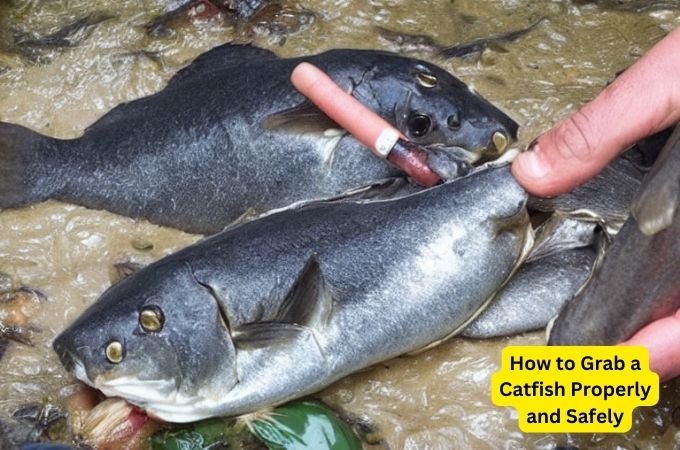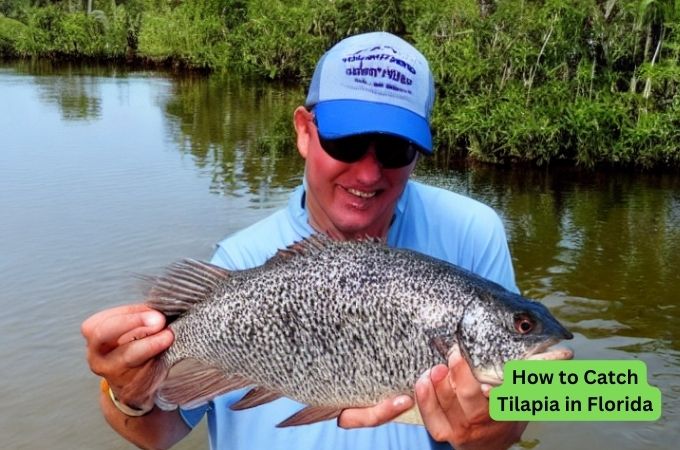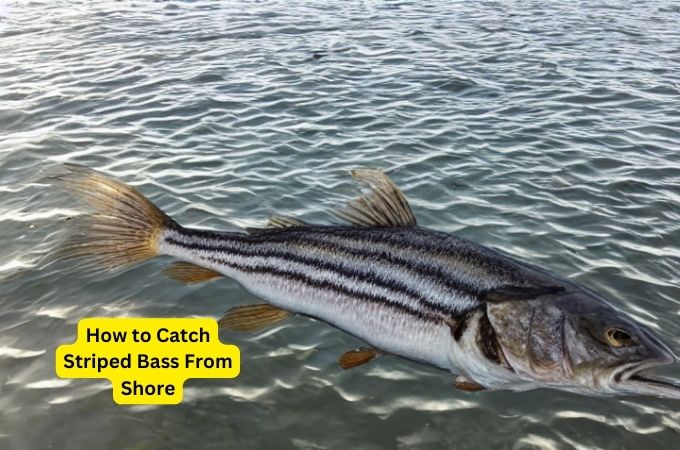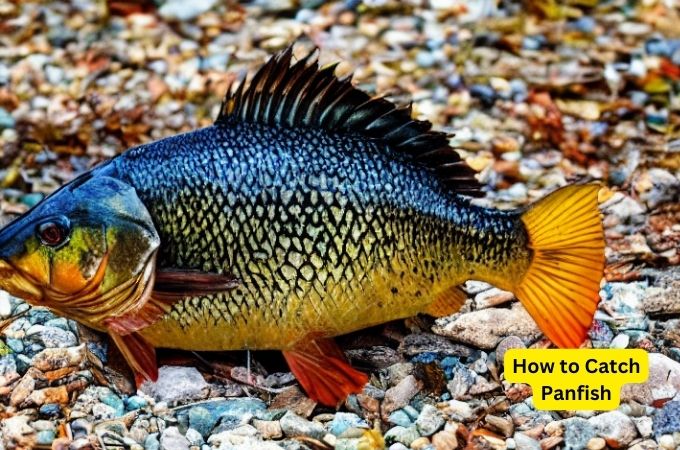Bass Fishing Ponds | How to Catch Bass in a Pond
When it comes to bass fishing, lakes and creeks get the most attention in the springtime. However, only a few people would know that catching largemouth bass in the pond isn’t bad either. In fact, over my long angling career of eight years, I have got some great bass catches in the nearby ponds.
Bass fishing ponds near you let you walk slowly to the spot, and it saves both your time and gasoline expense. Plus, you can contact your family whenever necessary. Thus, today I will talk about the techniques to get your prized bass in the ponds.
Are you ready, my angler mate?
Tips For Bass Fishing Ponds
Most anglers will head to large lakes and streams for fishing. Accordingly, ponds are neglected. But you shouldn’t be fooled by the placid surface of a pond. Underneath its surface, the bass waits eagerly for your lure and bait.
If you have the skill and patience, you will love hunting those basses. The following tips will surely help you in this cause.
1. Locate The Bass Fish Pond
Although it might seem pretty easy at first, the reality is different. Not all the ponds have an abundance of bass. So, you will first need to identify the pond that offers some promising catch for you. It can be done with a few trials and errors.
When you choose a pond at a distance from the main streets and in a few minutes walking distance, these ponds will maximize the fishing opportunities. It happens because ponds at a little distance from the locality are mostly undisturbed and let bass grow freely.
2. Getting to The Fish Pond
This technique is not about how you should reach the pond. Instead, it focuses on your approach to a fishing pond for angling. The best method for bass fishing in a pond is to catch them from the shore for the entire time.
It works best for ponds less or a little over one acre. Also, it doesn’t disturb the water, and the bass remains unaware of your presence.
If it is a large pond, wading will yield productive results. You must ensure that you stroll to the wading spot. And if the pond is enormous, ranging over a few acres, you might think about a small bass boat for fishing there.
3. Having The Right Attitude
Many fishers behave falsely during pond fishing. Most of them act like a large lake fisher than the small pond bass angler. Well, you must avoid such things. When you fish in a small pond, don’t be over-ambitious.
Also, patience will be critical since a pond won’t accommodate thousands of bass. So, maintain a low profile and wear camouflage clothes to hide better in the natural pond ecology. It will increase the chance of catches more.
4. Choosing The Right Tackle
Pond bass is famous (or rather infamous?) for its skittish approach. Since pond water is clearer and the bass inhabits a small portion of it, they show such a skittish attitude.
Hence, you will have to pick the right tackle accordingly. It doesn’t have to be the heaviest. A light kit with medium resistance will still work fine. You might keep the following factors in mind for the tackle selection-
- If you choose a baitcasting rod, get one with a length of around 5 feet to 6.5 feet.
- The fishing reel and rod need to be lightweight for quick responses to the fish bite.
- The fishing line might be 8-20 pounds weight.
- The spool can be around 5-10-pound weight with a monofilament line.
5. Consider The Three Water Levels
A pond has three standard water levels, which include deep, medium, and shallow. The shallow water level refers to 3-4 feet depth and is at feeder arms distance. After that, it starts the medium level that can stretch for around a few feet. The bottommost part of the pond is called deep level, and it is a couple of feet deep.
During dawn time, fish on the shallow or upper level since bass comes for sun rays in the morning. From 9 am to 10 am and onwards until the afternoon, fish in the mid-range. Finally, allow the fishing line to reach the deepest part from the evening to sunset.
This technique will work best for spring and summertime. You will have to reverse it during the wintertime. So, start from the deep water and finish in the upper level during the cold time.
6. Choosing The Right Fishing Bait and Lure
For successful pond bass fishing, you must explore all parts of the pond. Also, you might have to use multiple lures and baits to attract different species of bass. You can coax a bass almost immediately with a live minnow or crayfish. This simply puts that live baits are preferable for bass fishing.
But it doesn’t take muscle outs of the lures at all. When you choose compact and light lures for the bass, it surely will tempt the fish. You are at liberty to choose from the top-water lures, thin-minnow plugs are the more conventional spinners.
Lures add convenience to quickly shift from one lure to another to mix and match the bass fish taste. It will help you catch the largemouth bass easily.
7. Learn to Explore The Pond
Your success rate of catching bass will enhance when you explore various parts of the pond. For instance, start from the edge of the pond shoreline. If the shoreline isn’t too shallow, the bass will definitely stay there.
If a pond is located near a dam, bass will be there for sure. Moreover, a standpipe that carries surplus water is another attractive place for the bass. Furthermore, if a tree is hanging right over the pond shoreline, bass will crowd the site.
Finally, vegetation such as water lilies, arrowheads, or milfoil attracts bass like a magnet. So, cast your fishing lines in these spots.
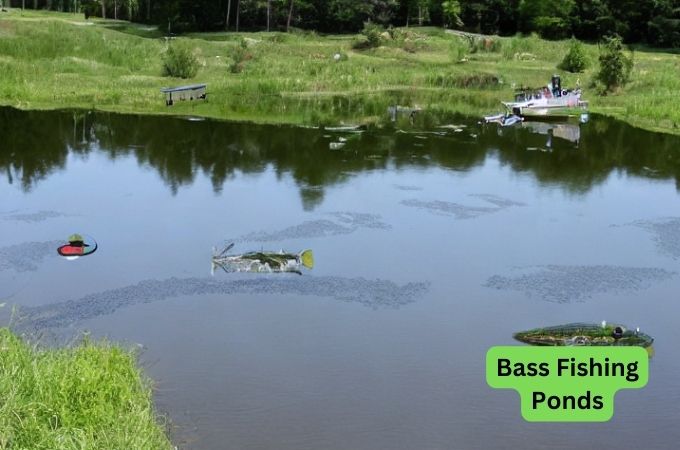
Conclusion
Bass fishing ponds are one of the most exciting angling sports. Also, it allows you to practice your fishing skills anytime and almost anywhere. And when you return home with a 4 pounds giant, look how happy your kids will be.
The tips for fishing bass listed here will benefit you undoubtedly. And we would look forward to hearing about your prized-catch soon.
